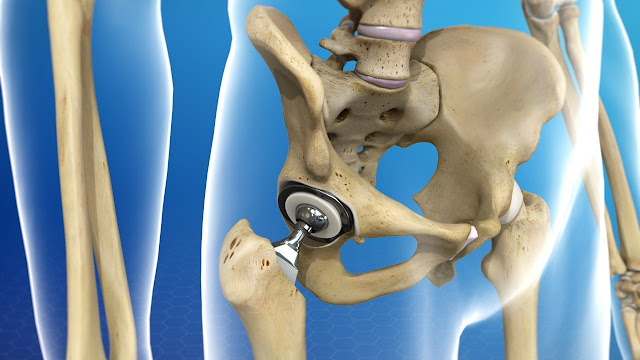Rising prevalence of chronic diseases to drive the growth of the Endoprosthesis market
The global Endoprosthesis Market is estimated to be valued at US$ 21.50 Bn in
2023 and is expected to exhibit a CAGR of 7.5% over the forecast period
2023-2030. A) Market Overview: Endoprosthesis are medical devices used to
replace and restore the functionality of damaged or diseased tissues and
organs. These prosthetic devices offer several advantages such as improved
mobility, pain relief, and enhanced quality of life for patients. With the
rising prevalence of chronic diseases such as osteoarthritis, cardiovascular
diseases, and cancer, the demand for endoprostheses is witnessing significant
growth. The increasing geriatric population and technological advancements in
implant materials and design are also driving market growth. B) Market Key
Trends: Technological advancements in endoprosthesis materials and design is a
key trend in the market. Manufacturers are focusing on developing bioactive
materials that promote bone growth and integration, reducing the risk of
implant failure. Additionally, 3D printing technology is being utilized to create
patient-specific implants, improving accuracy and implant success rates. These
advancements are enhancing the durability and functionality of endoprostheses,
leading to better patient outcomes.
Segment
Analysis
The endoprosthesis market can be segmented into product type, material, and end
user. Based on product type, the market is categorized into hip prostheses,
knee prostheses, shoulder prostheses, and others. Among these, the knee
prostheses segment dominates the market. This can be attributed to the rising
prevalence of knee osteoarthritis and the increasing number of knee replacement
surgeries globally. Moreover, advancements in knee prostheses technologies,
such as the introduction of highly durable and patient-specific implants, have
further fueled the growth of this segment.
On the basis of material, the endoprosthesis market is divided into
metal-on-polyethylene, ceramic-on-polyethylene, ceramic-on-ceramic, and others.
The metal-on-polyethylene segment holds a significant share in the market. This
is primarily due to the widespread use of metal-on-polyethylene prosthesis in
joint replacement procedures. The superior wear resistance, high patient
satisfaction, and cost-effectiveness of these implants have contributed to
their dominance in the market.
In terms of end user, the endoprosthesis market is segmented into hospitals,
ambulatory surgical centers, and others. Hospitals account for the largest
share in the market. The growing number of hospitals, especially in emerging
economies, coupled with the availability of skilled healthcare professionals,
has led to the dominance of this segment. Hospitals are the preferred choice
for endoprosthesis procedures due to their advanced infrastructure and
facilities for post-operative care.
Key Takeaways
The global
endoprosthesis market is expected to witness high growth, exhibiting a
CAGR of 7.5% over the forecast period (2023-2030). This growth can be
attributed to the increasing prevalence of orthopedic conditions, such as
osteoarthritis and trauma injuries, which necessitate the use of endoprostheses
for joint replacement surgeries. Moreover, advancements in implant materials,
design, and surgical techniques are further driving market growth.
From a regional perspective, North America is the fastest-growing and
dominating region in the endoprosthesis market. This can be attributed to the
high prevalence of orthopedic disorders, favorable reimbursement policies, and
the presence of major market players in the region. Additionally, the
increasing adoption of minimally invasive surgical procedures and the rising
geriatric population contribute to the market growth in North America.
Key players operating in the endoprosthesis market include Medtronic, Boston
Scientific, Abbott Laboratories, Edwards Lifesciences, Johnson & Johnson,
Stryker, Zimmer Biomet, Smith & Nephew, BD, and Teleflex. These companies
are focusing on strategic collaborations, product launches, and mergers and
acquisitions to strengthen their market position. The market is highly
competitive, with players constantly engaging in research and development
activities to introduce innovative and technologically advanced endoprostheses.
Read
More:




Comments
Post a Comment